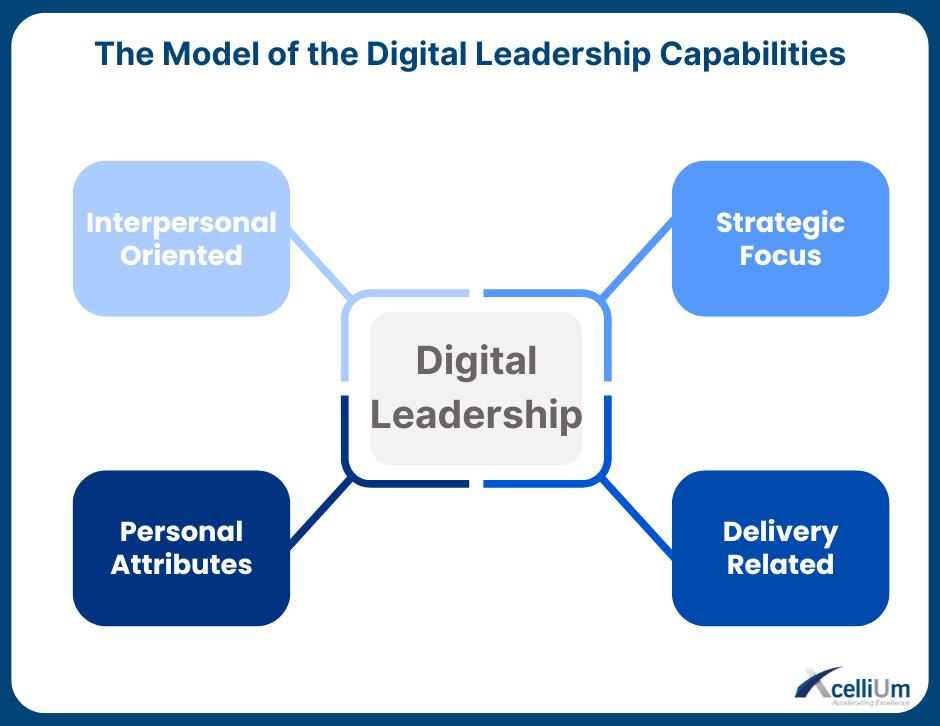Applying the "Seek Perfection" Principle
- Nina Keyrouz
- Jul 1, 2024
- 2 min read
Updated: Sep 23, 2024

At the start of my career, I was told that I was a perfectionist, which, being young and motivated at the time, intrigued me. I began to reflect on my expectations and what perfectionism meant for my relationships, the quality of my work, and especially how it affected team dynamics where varying levels of execution existed.
As I matured and began working with the Shingo Model, my curiosity about perfectionism evolved. According to the Shingo Model, principles are defined as being universal, timeless, and governed by consequences. They are evident in their outcomes. The principle of seeking perfection encompasses all these elements, embodying the concept of continuous improvement. By continuously striving for improvement, we edge closer to achieving an ideal result—perfection within a specific area or domain.
So, how does this principle translate for individuals, teams, and companies?
For individuals, continuously challenging oneself is crucial. When we believe that things can't improve, especially those with a fixed mindset, we see little progress and untapped potential. This mindset can stifle inspiration and growth.
Similarly, teams that do not strive to improve will not achieve great accomplishments. High-performing teams work towards common goals with synergy and alignment, aiming for high results. They support and complement each other's strengths, helping one another reach their full potential. This is perfection at the individual and team levels.
For companies, having a set of KPIs and complex systems aligned with the pursuit of perfection provides a common goal for everyone in the organization. By setting higher expectations and stretch targets, companies can achieve remarkable outcomes, such as zero accidents or zero food safety incidents over extended periods.
Why aim for perfection?
Take surgeons, for example—they must be perfectionists. Imagine if they weren’t; the consequences would be dire. They practice rigorously before operations to ensure no mistakes occur. Similarly, teams and companies need to strive for perfection to reduce errors, continuously learn, and improve.
This pursuit of perfection ensures competitiveness, fosters innovation, and integrates advancements in digital and AI technologies. Striving for perfection is essential for individuals, teams, and organizations to remain competitive and innovative. Seek perfection, commit to continuous improvement and aim higher.
“True North is an image of the ideal; what we should do, not what we can do.” -Hajime Ohba
Applying the principle "Seek Perfection" involves continuously striving to improve every aspect of an organization.
Here’s how it can be effectively implemented:

By systematically applying these practices, an organization can effectively pursue the Shingo Principle of "Seeking Perfection", driving continuous improvement, and achieving excellence in all areas.
Commit to seeking perfection in your organization.
Start by assessing your current practices, set ambitious goals, and engage every team member in the journey towards excellence. Create a culture of continuous improvement and achieve extraordinary results.
Nancy Nouaimeh
Culture Transformation and Organizational Excellence Expert
Shingo Alumni
Shingo Certified Facilitator






Comments